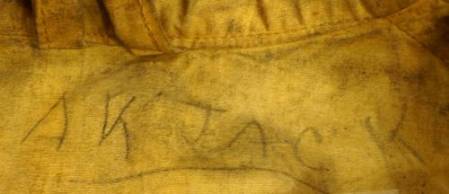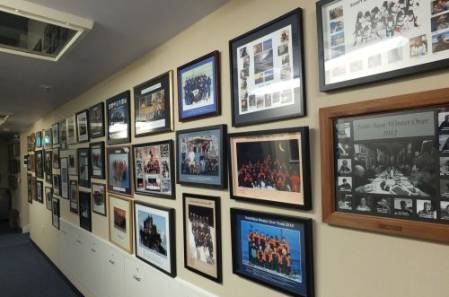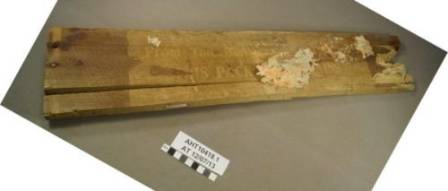Author: Stefanie White
Date: 26/02/14
Returning to visit Scott's Terra Nova hut at Cape Evans was an incredibly rewarding experience. The sun was especially bright that day making our view from the helicopter ride from Scott Base sensational. Upon arriving we found Adelie penguins and seals playing in the shore break. Entering the hut is a magical experience where one steps back into the time of the historic explorers. As we walked around the hut I noticed several objects that our previous winter team (which I was part of) conserved and had been returned to their place in the hut by the recent summer team.
The stories associated with artefacts play a major role in their interpretation, historical significance, value and conservation treatment and upon seeing the artefacts we conserved, I felt a personal connection and a new story that I associate with those artefacts. I was reminded of all the conversations, the deliberations, the analyses and the treatments that we carried out last year. I remember the excitement in the lab, when Stefan conserved Clissold's cooking pot, which now takes prime place in the kitchen area of the hut.
Clissold's pot, conserved by Stefan, returns to its central position in the kitchen area of the hut
The Finnesko boots, which I spent so many hours reshaping and rediscovering now hang at the Hut's entrance.
Finnesko boots hang beside the entrance to the hut
Not only did Marie conserve an enamel dish uncovering the residue of caramelized sugar on its edges, but also convinced our chef to recreate a Scott style rhubarb pie in a similar dish at Scott Base, which we all thoroughly enjoyed. That enamel dish now sits on the wardroom table in the officer's area in the hut.
The conserved enamel dish on the wardroom table in the officers area of the hut
I look forward to the stories that I may associate to the artefacts I conserve this year!



+(Small).jpg)
+(Small).jpg)
.jpg)
.jpg)
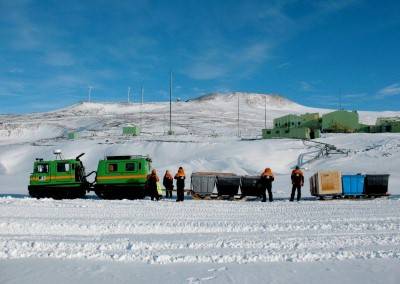
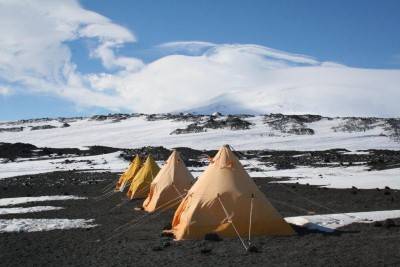

+(Custom).jpg)
.jpg)
.jpg)
.jpg)
.jpg)
.jpg)
.jpg)
.jpg)
.jpg)
.jpg)
.jpg)
.jpg)
.jpg)

